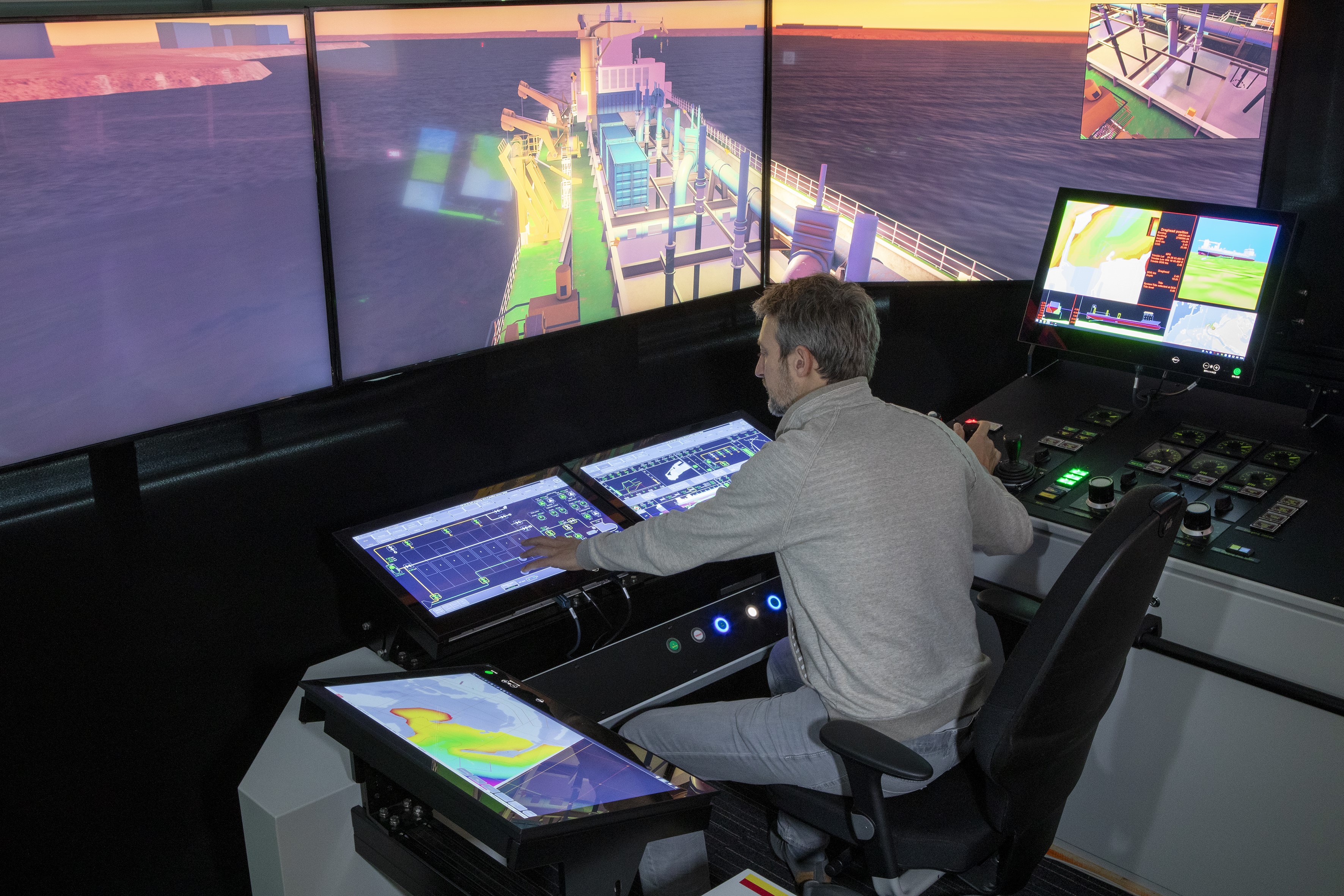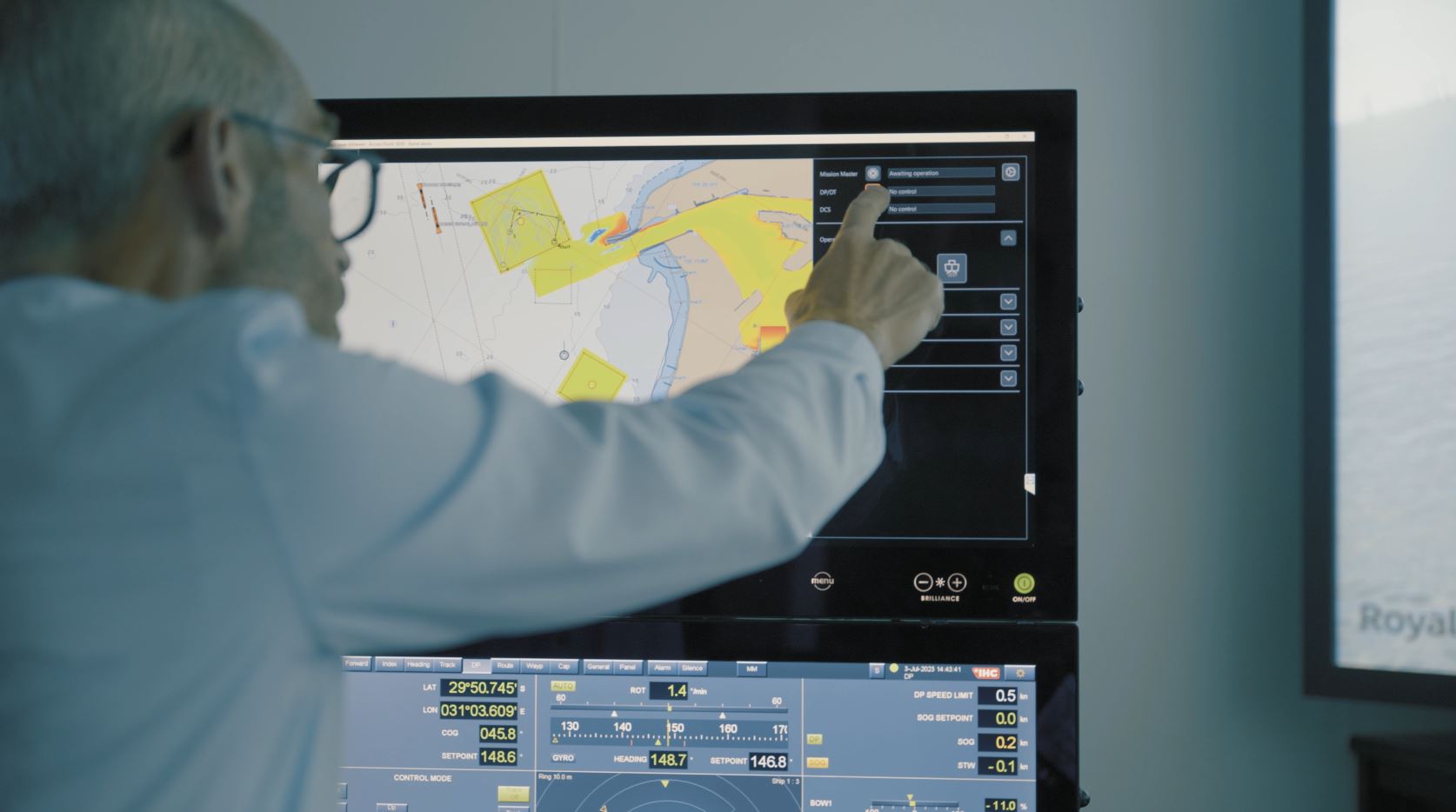Next phase in autonomous dredging: Assisted autonomy

The ongoing trend towards increased autonomy and the integration of decision support systems into vessel operations represents a major shift in maritime operations. This transformative approach not only addresses the current crew shortage but also promises improved efficiency and safety on board. We envision a future where dredging vessels can operate largely autonomously, with minimal human intervention. As we continue to push the boundaries of innovation we share with you the next phase in our journey towards autonomous dredging solutions.
Drivers for autonomous vessels: safety and seafarer supply
With the introduction of autonomous control systems, the industry expects a significant reduction in accidents. In addition, autonomous technology offers a solution to the looming shortage of maritime officers by 2026, bridging the gap between supply and demand. By enabling certain tasks to be performed remotely, seafarers can enjoy a better work-life balance, potentially making a career in the maritime industry more attractive.
Next phase: assisted autonomy with Mission Master
A major step towards increased autonomy and operational efficiency for hopper dredgers is the development of a high-level control system, called Mission Master. Mission Master provides a semi-autonomous workflow that integrates seamlessly with our existing automation systems. Currently, Mission Master operates at automation level A2 of Bureau Veritas. This means that human supervision is required while Mission Master performs actions autonomously. A supervisor interacts with the system via a Human-Machine Interface (HMI) to monitor and approve decisions. The Mission Master delegates tasks to the Dredging Control System (DCS) and Dynamic Positioning and Dynamic Tracking (DPDT) systems, orchestrating dredging and sailing operations with precision.
Read our article in SWZ | Maritime for a more detailed explanation of Mission Master
Continuous improvements
Extensive testing of the Mission Master on a full mission hopper dredger simulator ensured its seamless integration and functionality in real-world scenarios. This rigorous testing environment, including feedback from industry professionals, enabled us to identify potential issues, refine the user experience and has resulted in numerous design improvements.
Deployment and validation of Mission Master on operational hopper dredgers is the next major step. We’ll keep you posted!
More information?
-

Jacco
OsnabruggeManager R&D Systems -

Jeroen
PetersManager Engineering Systems
Explainer video: What is Mission Master?

Stay up to date with the latest news
Wondering what we at Royal IHC are up to? Sign up for our newsletter where we highlight our latest innovations, new solutions and delve into market challenges.
